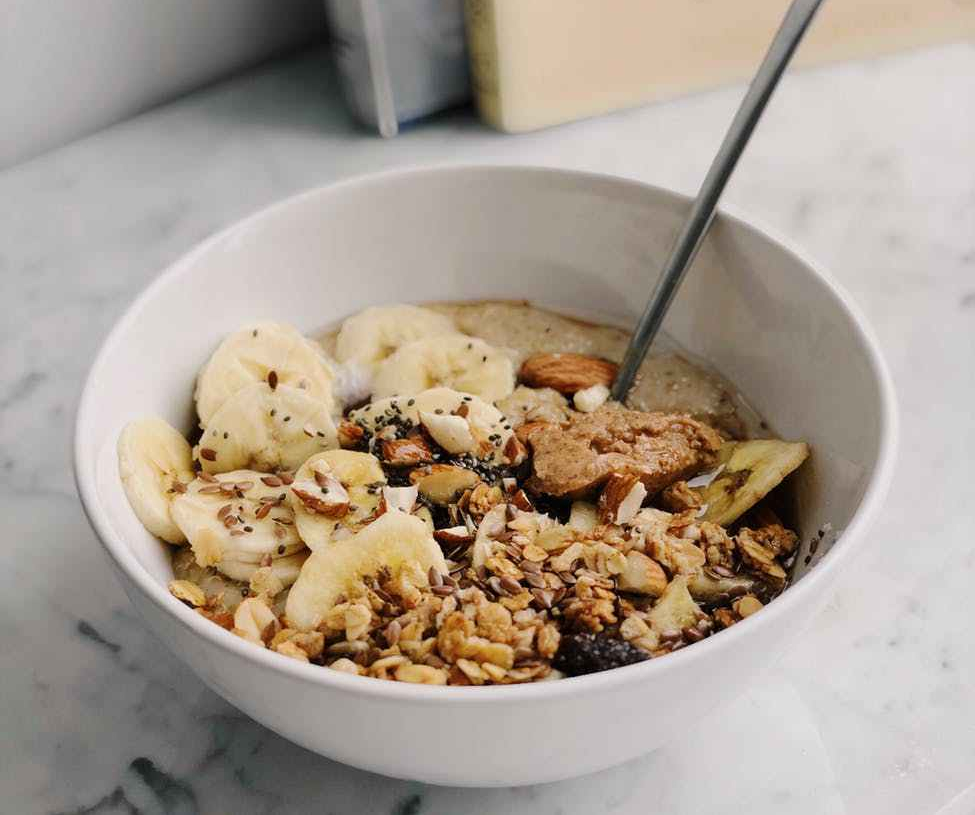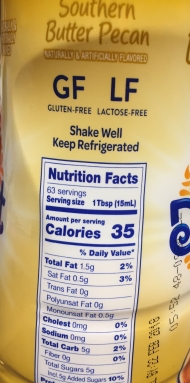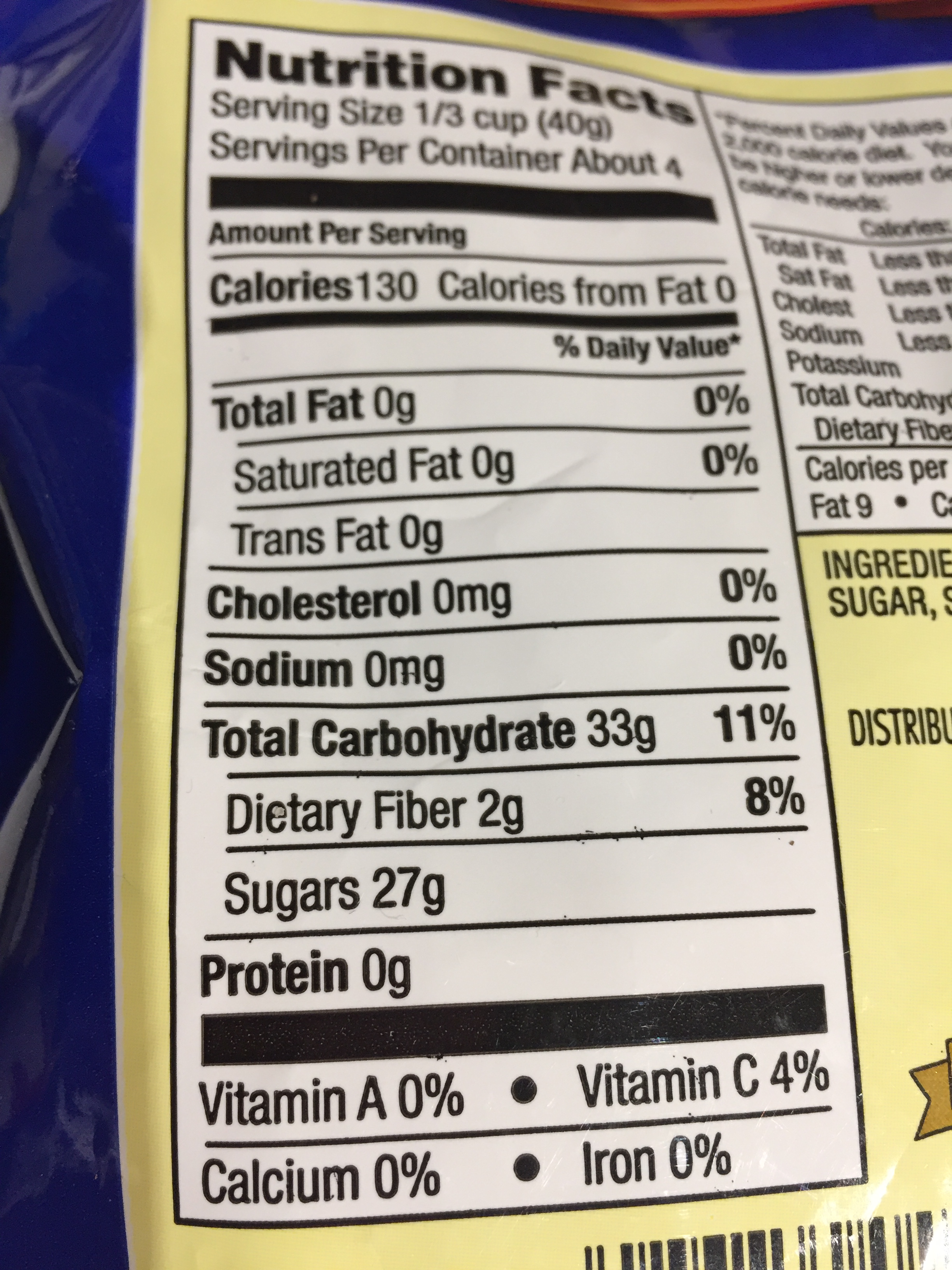Math and Physics Apply to You
It really bothers me when people say “it isn’t the calories” or “diets don’t work” or “calories in, calories out is a myth”. The laws of thermodynamics apply to everyone. Fat gets stored when we consume more calories than we need, and it gets released when there are too few. There are nuances to this, as to where the fat gets stored, what kind of fat gets made, whether the body turns to fat or muscle to obtain calories, but those nuances don’t negate the basic principles.
Here is the basic principle
You’ve heard it takes eating 3500 fewer calories to lose a pound which is the basic formula for figuring weight loss. A better way to understand this is not to think about individual pounds, but goal weight. Lets say you currently weigh 200 lbs, and want to go to 180. To maintain 200 lbs, in a lightly active older man takes about 2,350 calories. To maintain 180 is about 2150, according to the Mayo clinic calorie calculator. All you would need to do is trim 200 calories a day and stick with that in order to get to your goal weight. However, that 200 calories a day would take quite some time to get you there, which most people don’t like. Most health professionals cut about 500 calories a day to speed up the process. I also have to say my experience with calorie calculators, such as MyFitnessPal, shows that they are overly generous in their estimation of calories needs, so you do need to tweak according to your experience. For example, most calorie counters say I need 1,700 calories a day to maintain, I find 1,500 to be more realistic.
The idea behind this is simple, lets use cars as an example. If you have a truck that gets 23 miles a gallon, most of the mileage is due to weight. If you have a compact that gets 38, it’s mostly because it is lighter. Now some fuel efficiency is also tweaks to the engine, better engineering and streamlining, but weight is the biggest factor. The truck needs .043 gallons to go a mile, the car .026. We are similar. A heavier person takes more calories to move than a lighter person. As you lose weight, it takes fewer calories to move you, so you need to adjust your calories downward to continue to lose weight
Now we get to the hard part
Therein lies the rub. We get heavy because we like to eat more than we need, it is hard enough to cut back to lose the initial weight, then finding out you need to cut more to continue… well, you can see why we are in this fix. Food is a more immediate reward than is looking good. If you do not have sufficient internal motivation, you won’t stick with it. We live in a society reveling in food in complete disregard for it’s impact on health.
So what is the answer?
First, find your motivation, and it can’t be appearance. It has been shown over and over that is not sufficient motivation. You have to internalize the idea that self love and self care mean eating healthy, not downing a pint of ice cream. Second, find supportive people. Hang out with people on a health journey. You will tend to imitate your friends behaviors. Third, learn to love healthy foods. There are so many, don’t eat stuff you don’t like. If you hate kale, you don’t have to eat it to be healthy. Fourth, find a stopping point you can live with. If you can be happy and healthy at 180, stay there. Don’t make yourself miserable trying to get to 150. Make your goal a realistic one you can live with.
 Do you eat cereal
Do you eat cereal
 to look at it again. Seriously. I always forget about it at this stage. It can get too thick for my liking, so I get aggravated at myself if I forget it too long. It has to be a large bowl. You will be shocked at how much whey is in there. Cleaning whey off of the fridge shelf is not my idea of fun. I left it for 6 hours yesterday and that was pretty good. I usually do it for 4-8 hours.
to look at it again. Seriously. I always forget about it at this stage. It can get too thick for my liking, so I get aggravated at myself if I forget it too long. It has to be a large bowl. You will be shocked at how much whey is in there. Cleaning whey off of the fridge shelf is not my idea of fun. I left it for 6 hours yesterday and that was pretty good. I usually do it for 4-8 hours.

 t is gluten and lactose free. If you have celiac disease, or are lactose intolerant, that’s a good thing to know. However, if you think for one moment that either of those things makes creamer healthy, it doesn’t. First, the ingredient list is closer to a chemistry classroom than a kitchen, and second, sugar is a top ingredient. Third, I don’t know how quickly you’d go through a quart bottle, but in our house, it’s about a one a week. I did the math. That’s 35 calories a serving, times 63 servings, 2,205 calories a week. That’s a whole days worth of calories in one extra ingredient. That is a perfect example of little things adding up.
t is gluten and lactose free. If you have celiac disease, or are lactose intolerant, that’s a good thing to know. However, if you think for one moment that either of those things makes creamer healthy, it doesn’t. First, the ingredient list is closer to a chemistry classroom than a kitchen, and second, sugar is a top ingredient. Third, I don’t know how quickly you’d go through a quart bottle, but in our house, it’s about a one a week. I did the math. That’s 35 calories a serving, times 63 servings, 2,205 calories a week. That’s a whole days worth of calories in one extra ingredient. That is a perfect example of little things adding up.
 Twenty seven grams of sugar in a one third cup serving. That is identical to a Snickers candy bar. If you are trying to lose weight, fine. A snickers has 250 calories. If you are striving for all over health, and healthy foods, no.
Twenty seven grams of sugar in a one third cup serving. That is identical to a Snickers candy bar. If you are trying to lose weight, fine. A snickers has 250 calories. If you are striving for all over health, and healthy foods, no.
Written
on August 12, 2016